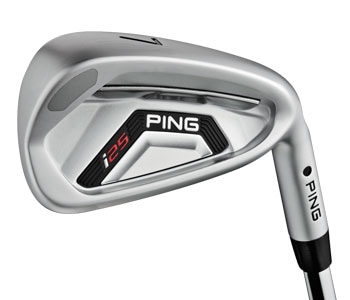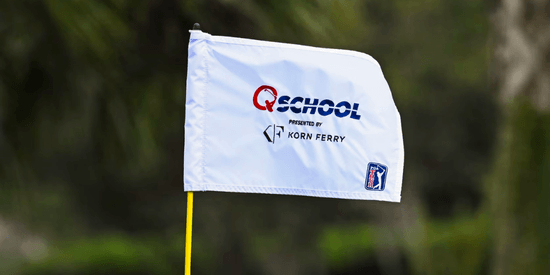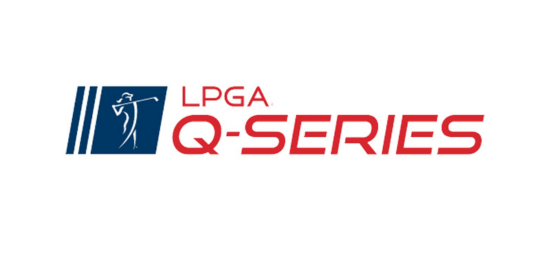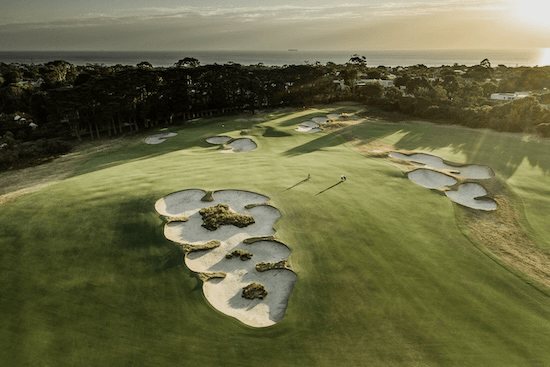Ping i25 Irons Player Staff Review
3/28/2015 | by
see also: Equipment Reviews

Ping's i25 irons blend blend a blade-like design and clean looks with a high-MOI design in the long irons. The scoring clubs feature thinner top lines and impressive distance control.
Having considered myself a traditionalist growing up playing Hogan Apex blades in the late 1980s, the golf scene became radicalized by the popularity of the Ping Eye2 and later, the Ping Eye2+. I went as far as playing graphite-shafted Ping ZING 2’s in college and never looked back. Performance, engineering and pushing the boundaries of equipment became Ping’s trademark. In fact they will only release new model updates when they truly believe they have improved upon their previous offering. The i25 irons are the latest in that long lineage.
Ping’s design team, led by Marty Jertson, set out to improve upon their highly successful and tour validated i20 irons. Improved workability. Even greater forgiveness. Distance control in a cast iron. Higher launching long irons, almost hybrid-like in performance, without higher spin. The i25 is an “every man’s” iron, played by top touring professionals, elite amateurs and even high handicappers.
 |
The
custom tuning port sits lower in the head,
optimizing feel and trajectory control.
|
“Golfers of all levels will achieve higher ball speeds, more distance and greater height with less spin from the 7-iron on down”, Jertson said.
The scoring irons at address closely resemble the S-Series (s55) with shorter blade lengths and narrower soles. The longer irons, while freakishly forgiving, maintain enough of a players look to appeal to those who play the game for a living. In the bag, the satin “foggy chrome” look is stunning. Ping has really nailed it here - glare free - and very scratch resistant. The soles of the irons shouldn’t be overlooked; They allow for maximum playability from all types of lies. Compared to their tour-leading blade offering (s55), the i25’s feel less “clicky” and even a tad bit softer. The long irons do have a thicker top line, but the performance of the iron quickly makes up for any lack of visual appeal.
 |
The
foggy chrome finish and clean cavity design
on the i25 irons creates visual appeal.
|
Having been a frequent “tinkerer” of equipment, I have tried various blade and cavity back forged offerings over the past few years. The recent trend in the game has been towards technology you can experience but not see, with hidden cavities, speed slots, and spring-like effects transferred from metal wood designs into more top irons. Ping has packed a ton of technology into this iron, while maintaining their tour-inspired clean looks. From the CTP (custom tuning port) in the cavity, the tungsten plug in the toe (something Ping introduced before any other OEM), right down to the spacing of the stability bars which create a livelier face. This iron screams performance. It looks traditional, falling in the players Iron category, yet gives you everything needed to turn your good shots into great shots. And don’t forget about feel. Having tried the 2013 Anser Forged, I found these to feel slightly better. When you combine all the attributes of this iron, the only thing keeping it from being labeled the best iron ever made may just be the fact that it’s cast and not forged.
Most Popular Articles

2025 PGA TOUR Q-School Guide: Sites, Scores, and Who Advanced
Dec 5, 2025Second Stage is complete and Final Stage awaits at Sawgrass — follow every Q-School leaderboard and the players still chasing
2025 LPGA TOUR Q-Series: Final Qualifying Stage FINAL SCORING
Dec 8, 2025Helen Briem earns medalist honors, 31 players headed to the LPGA next year
Australian Open at Royal Melbourne: Preview, amateur bios, and how to watch
Nov 30, 2025Rory McIlroy headlines one of the championship's top fields in years - at least four amateurs will have their chance at glory
Luke Ringkamp Cruises to Rolex Tournament of Champions Title at TPC San Antonio
Nov 26, 2025One week after committing to Pepperdine, Luke Ringkamp won the Rolex Tournament of Champions by nine shots.Inside Gil Hanse’s Restoration of Baltusrol’s Upper Course: A Return to Tillinghast’s
Dec 11, 2025Renowned architect Gil Hanse reveals how he brought Baltusrol’s Upper Course back to life by honoring A.W. Tillinghast’s originalLoading latest news...
